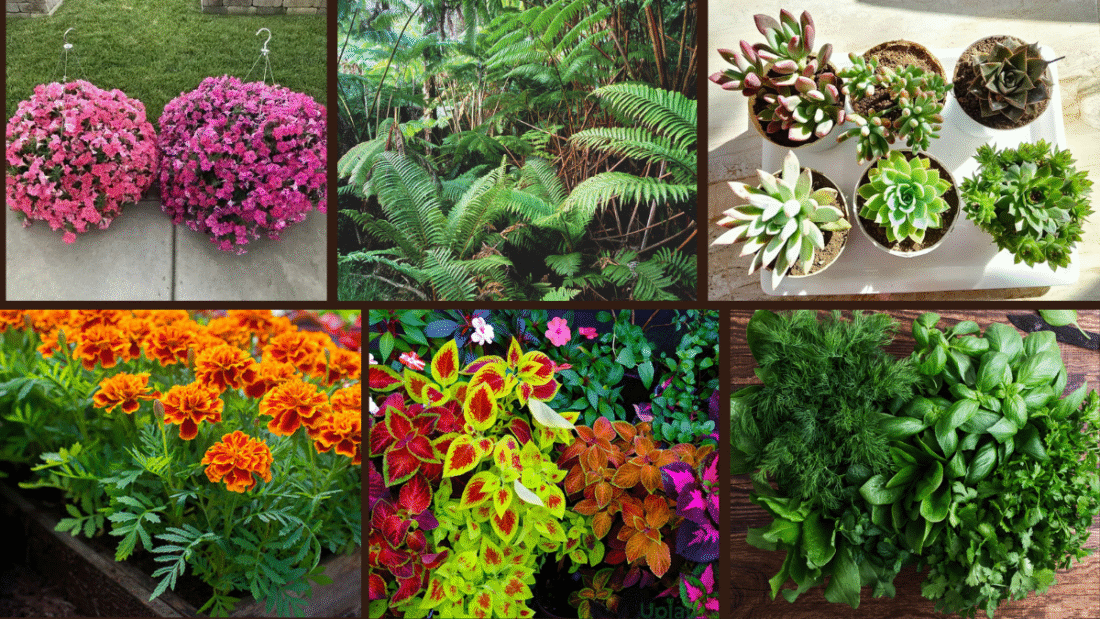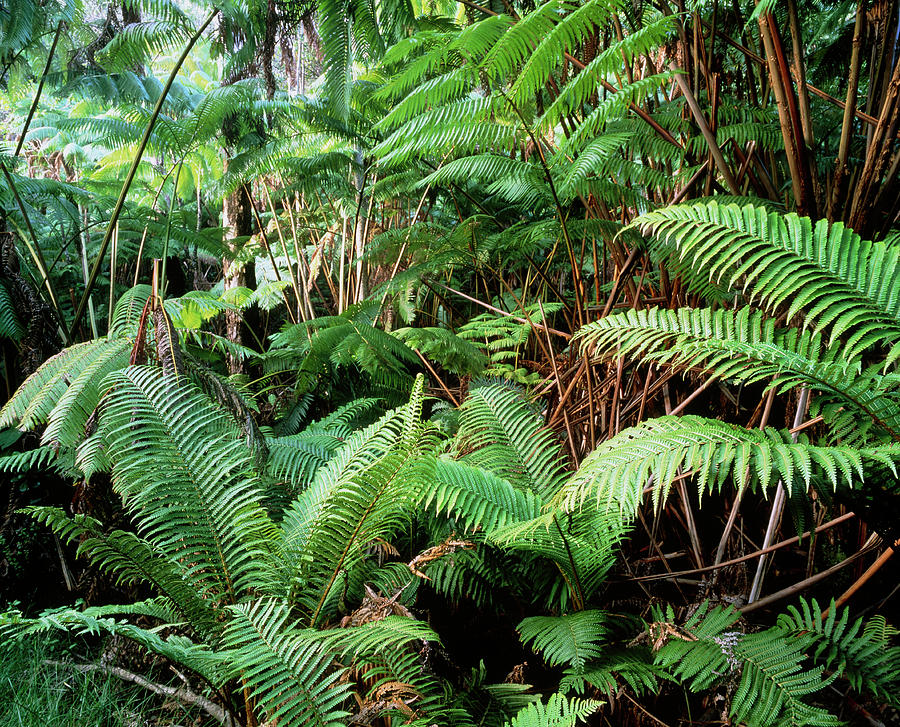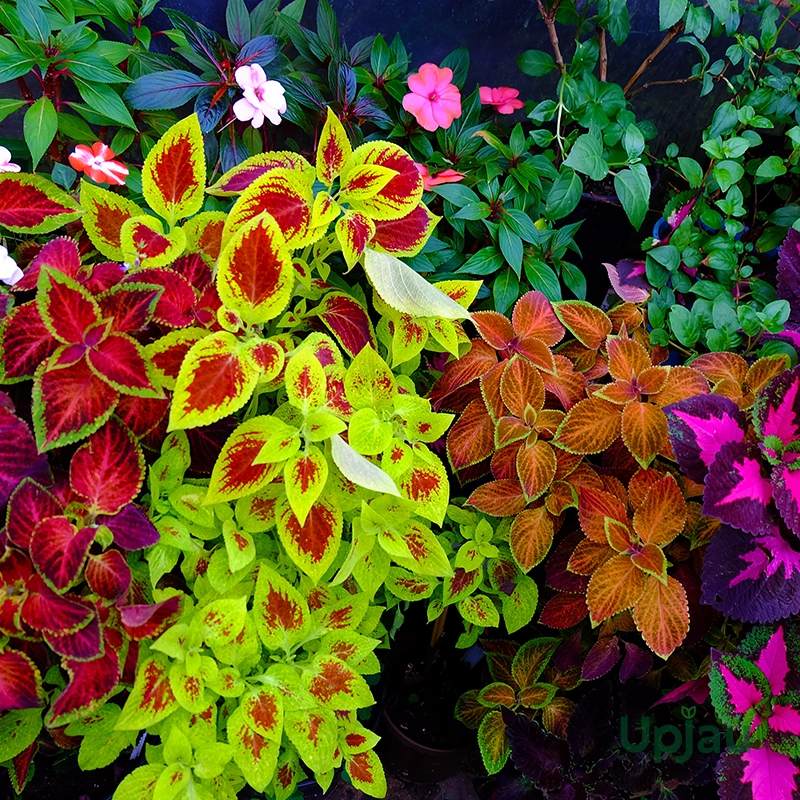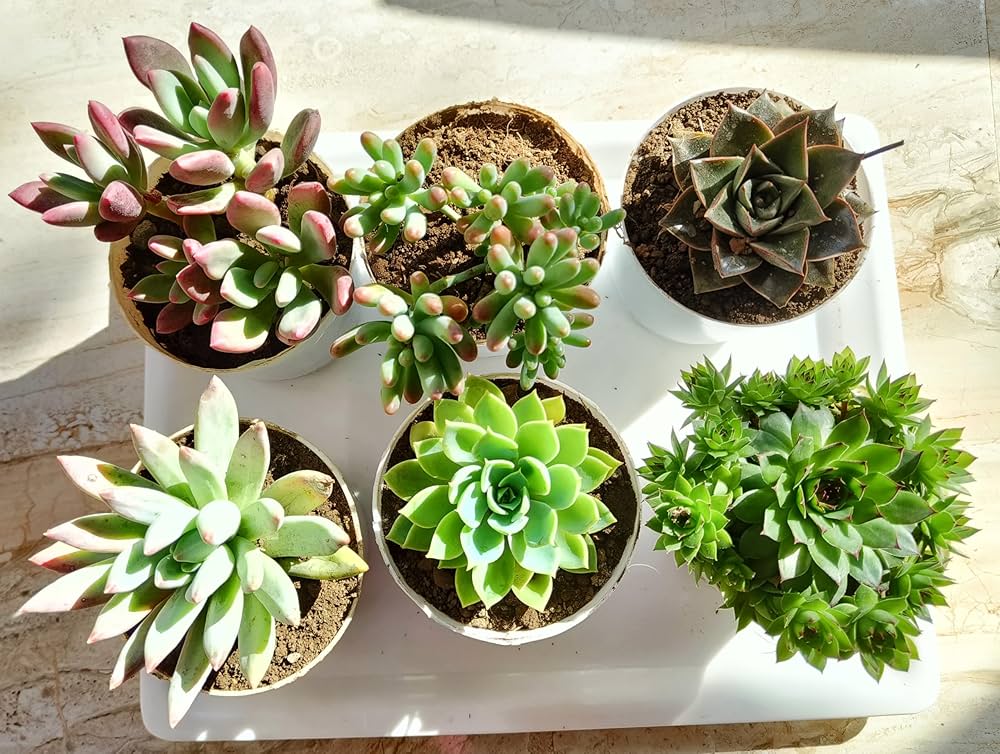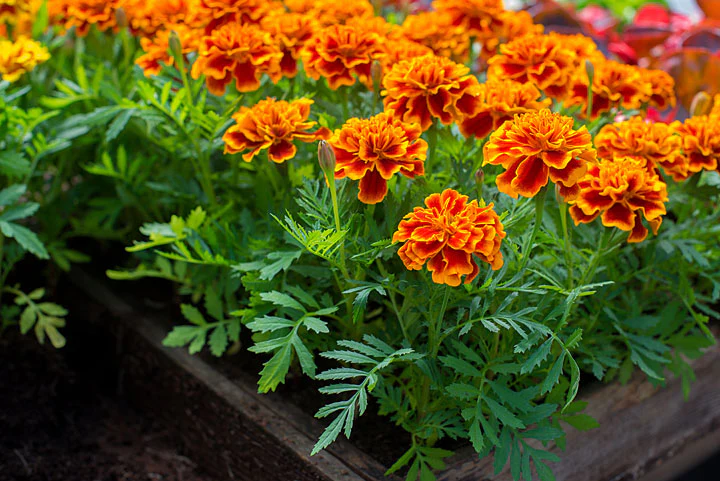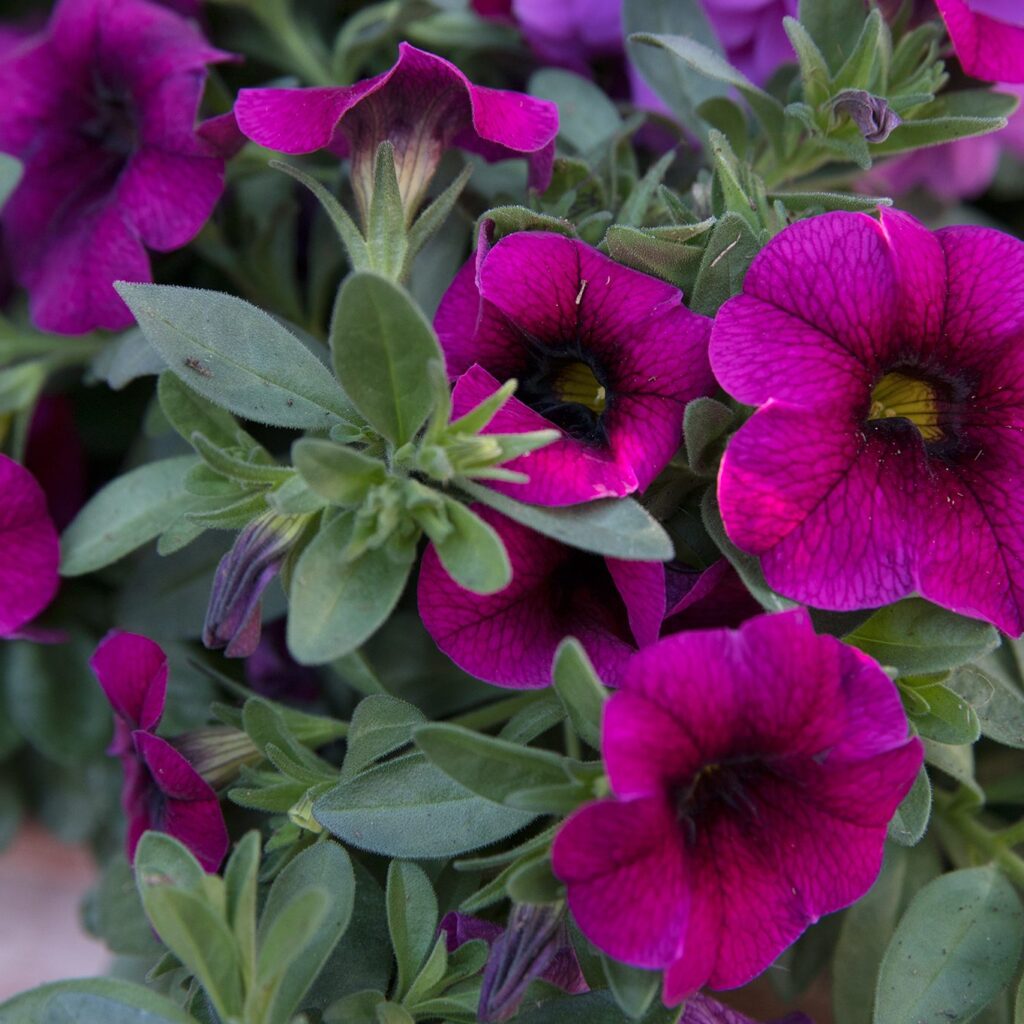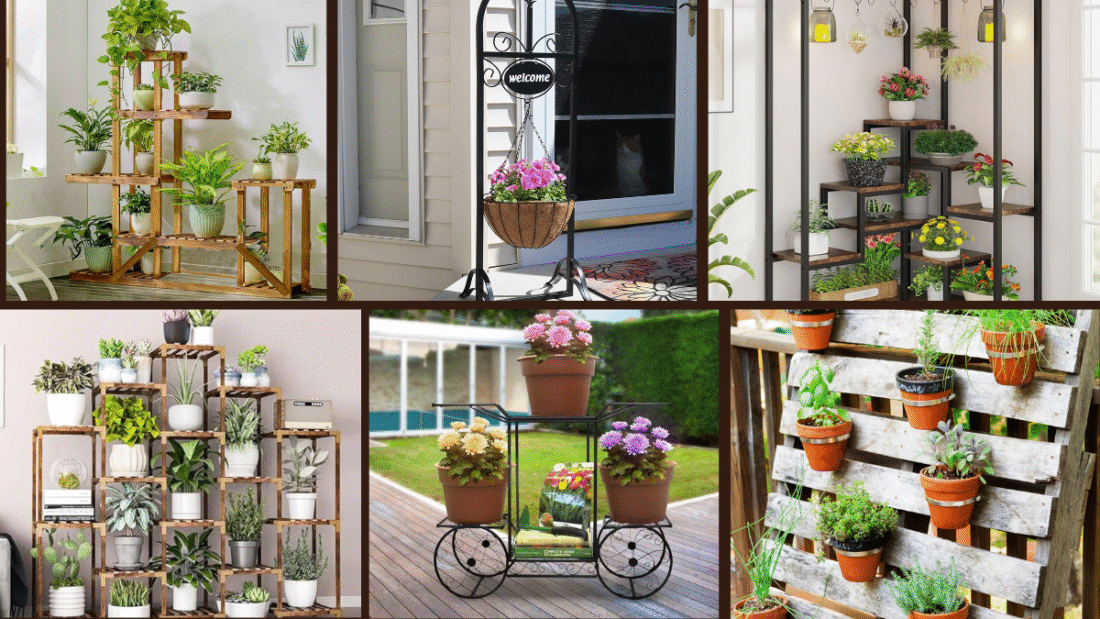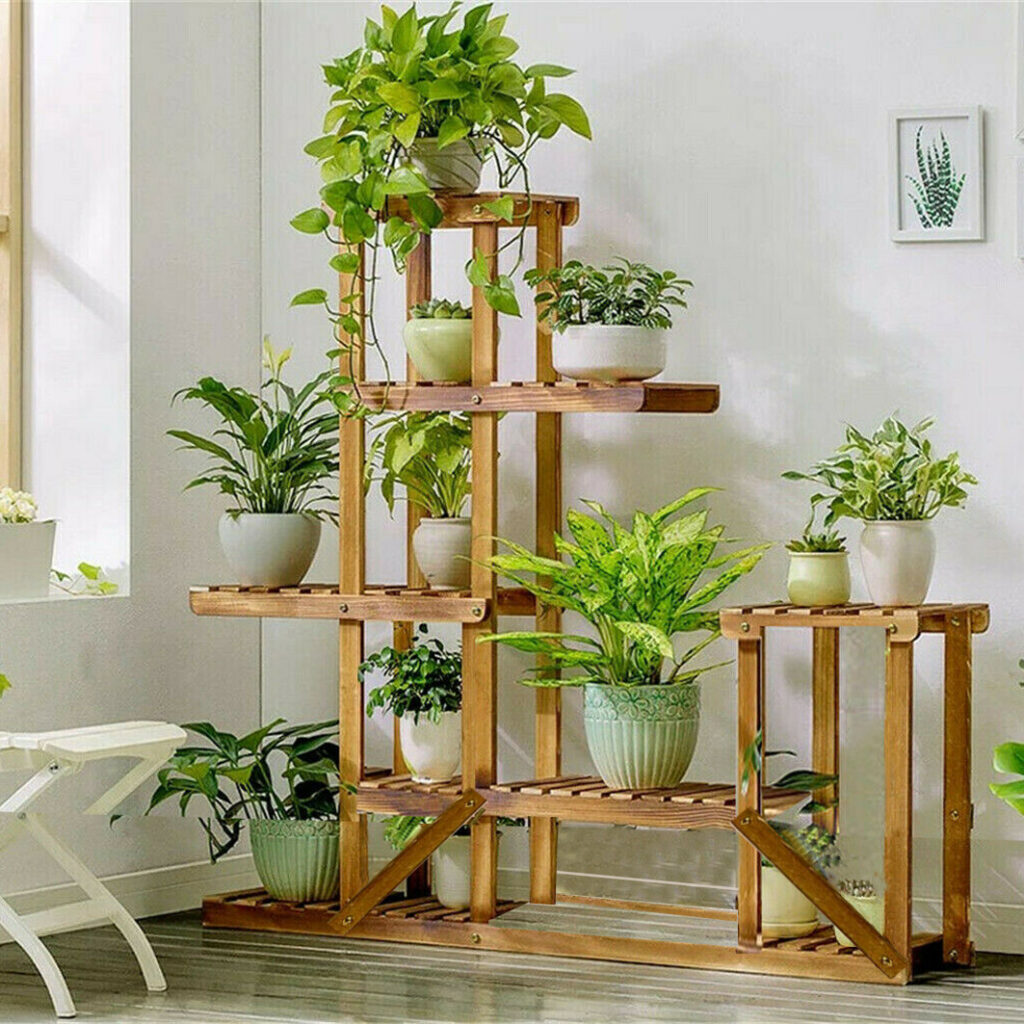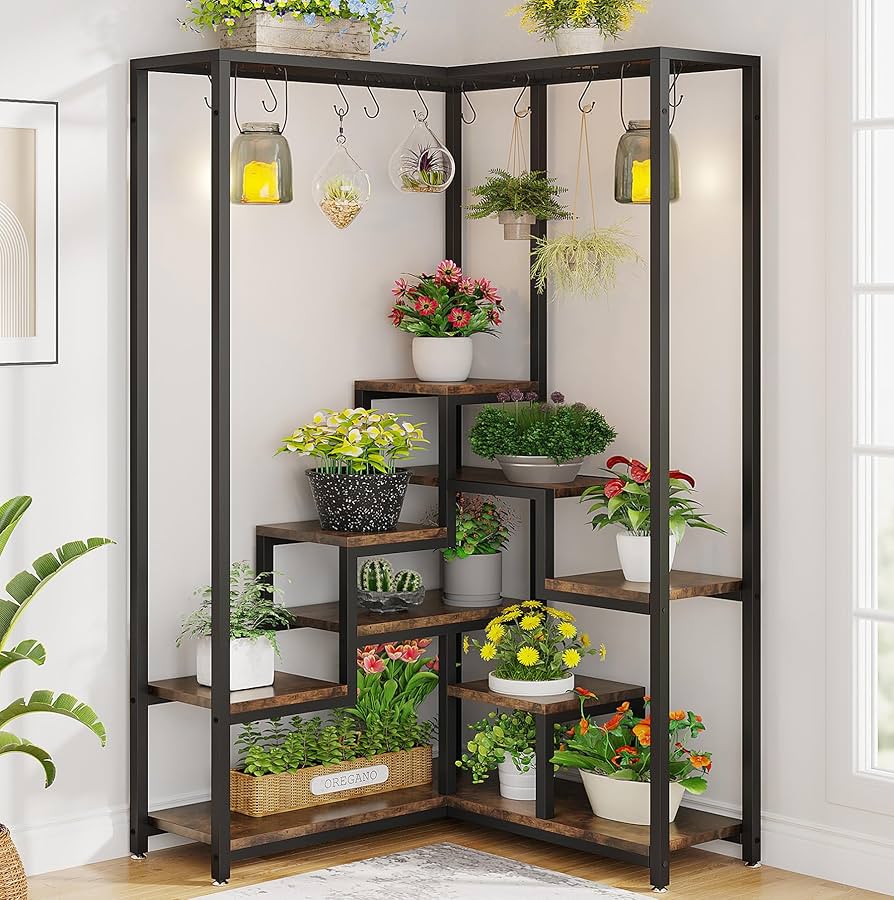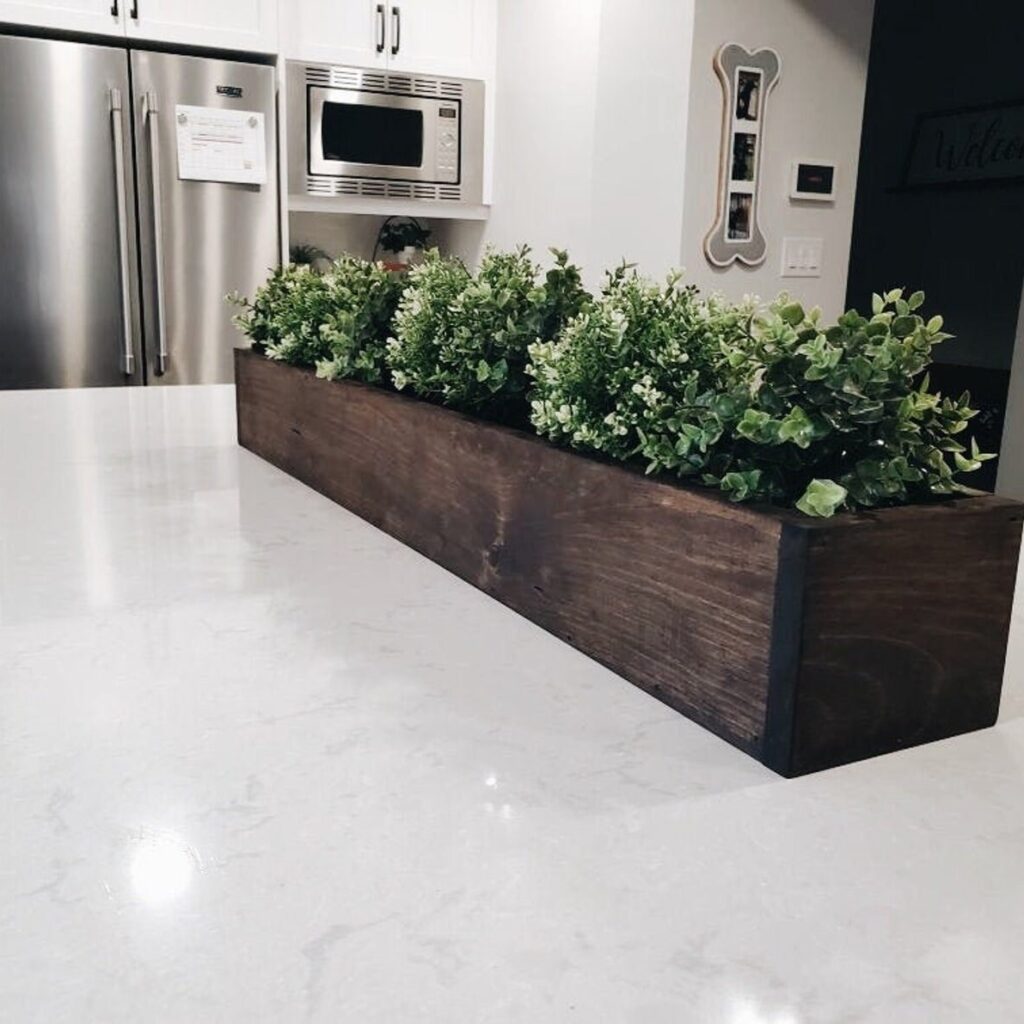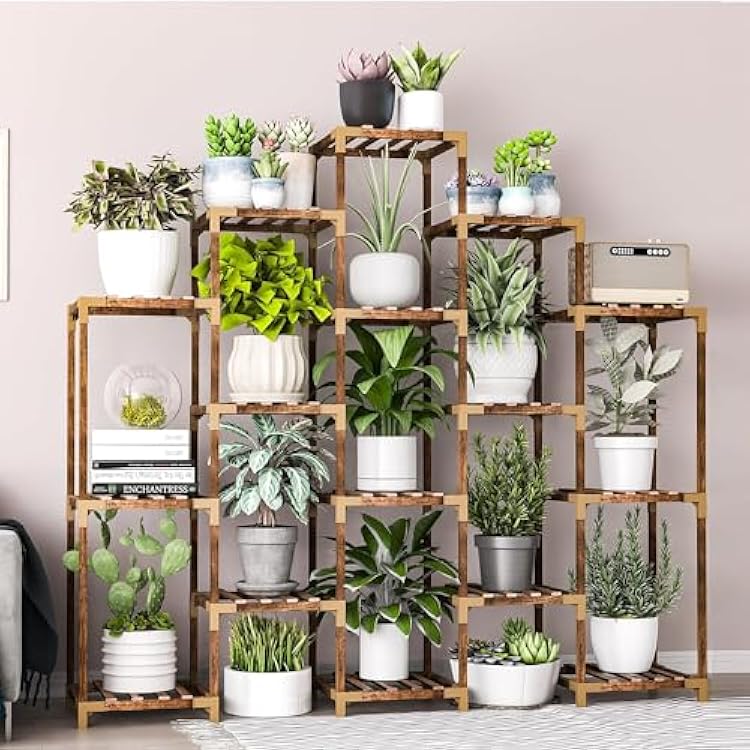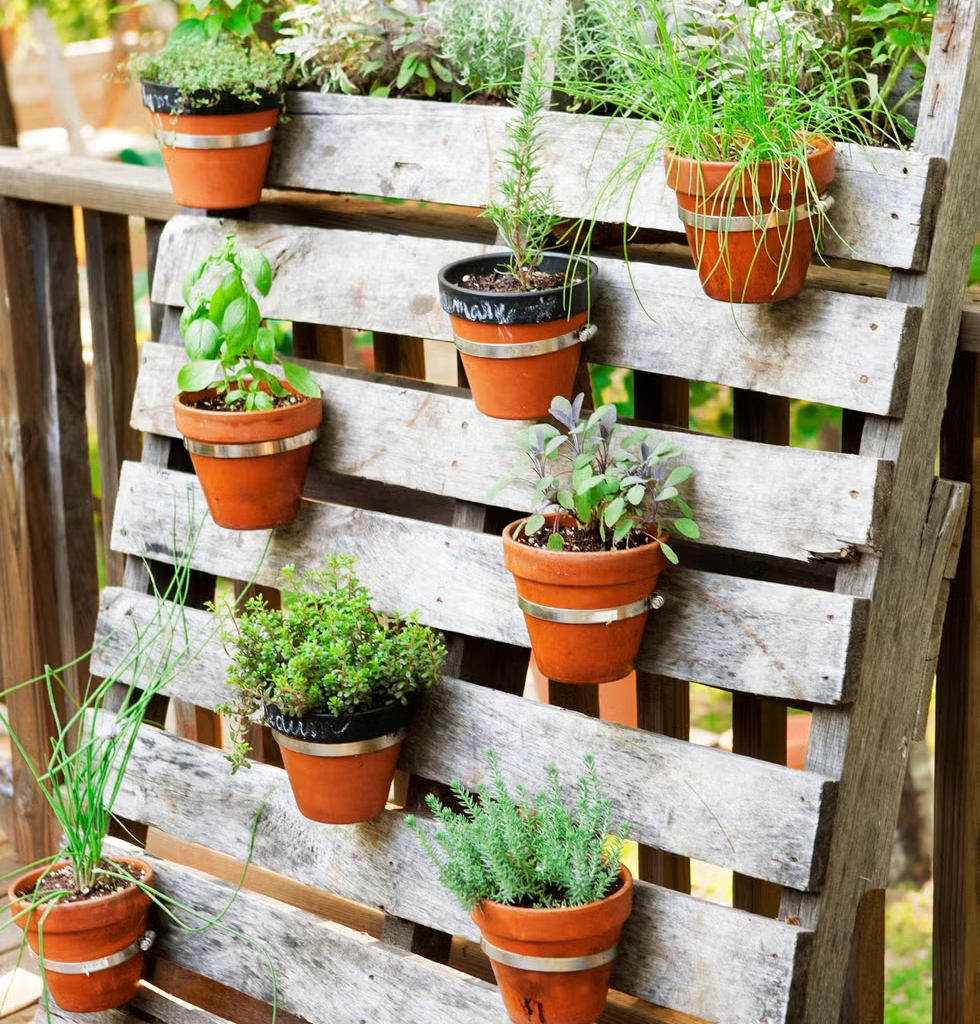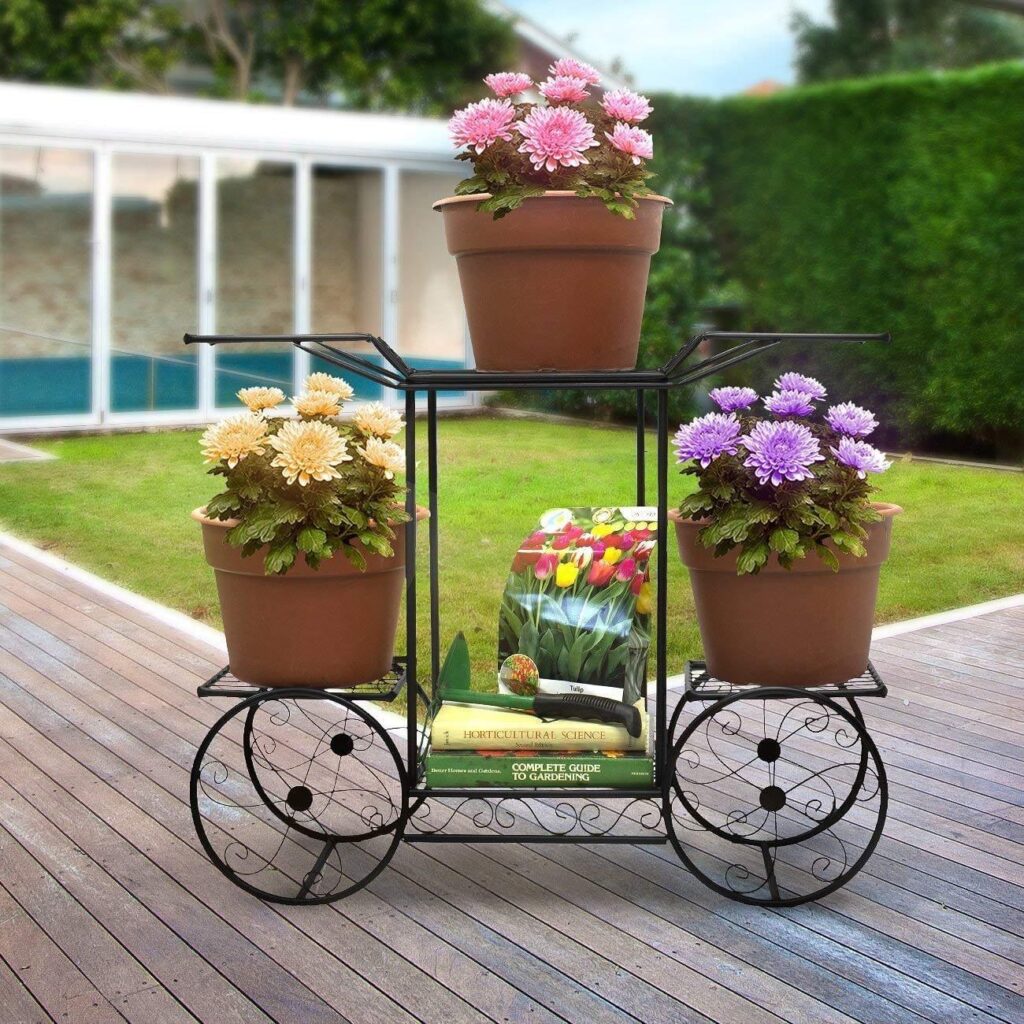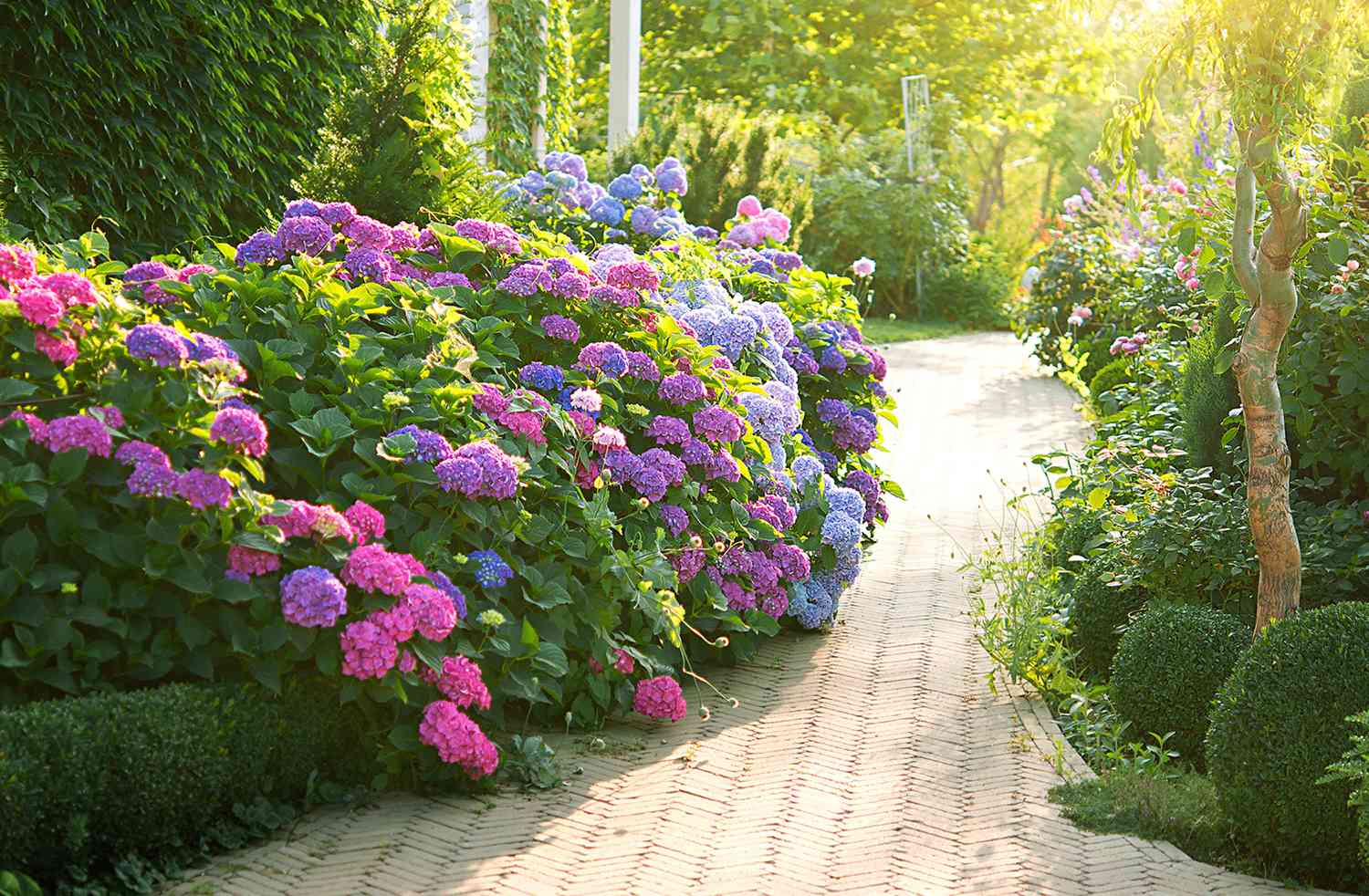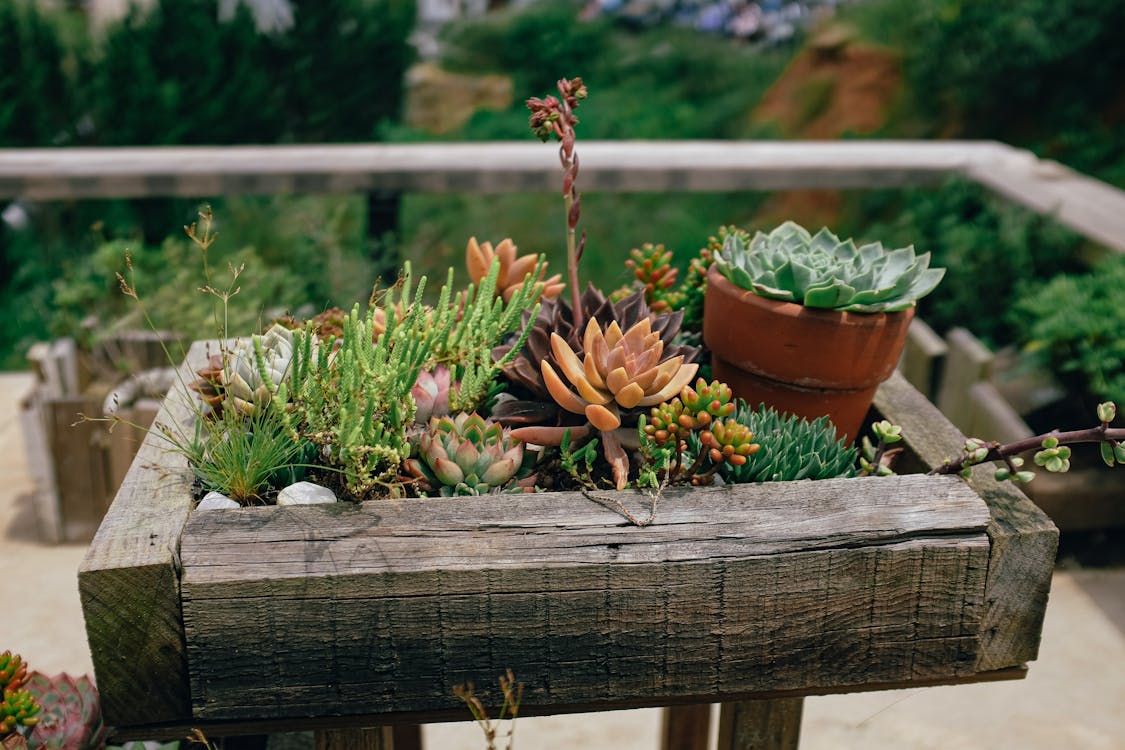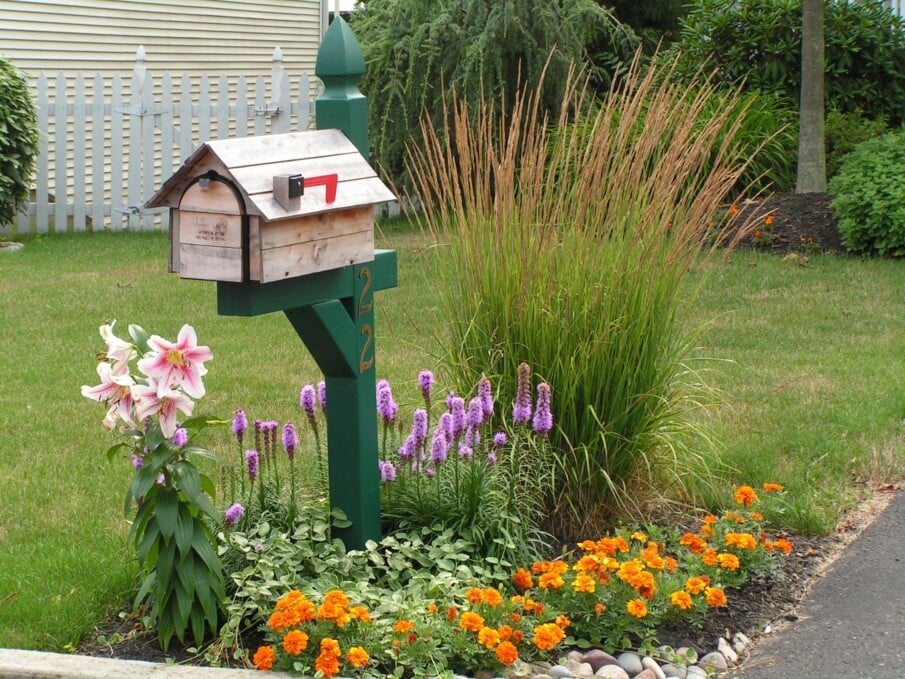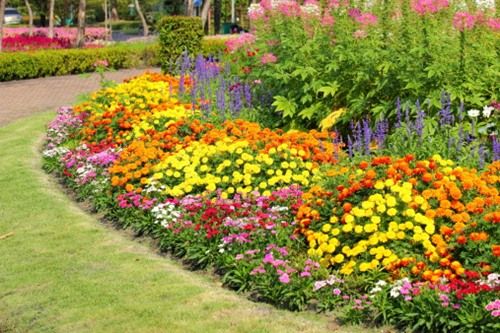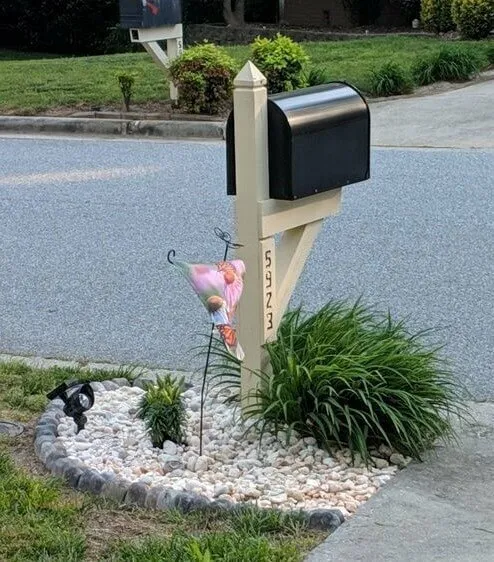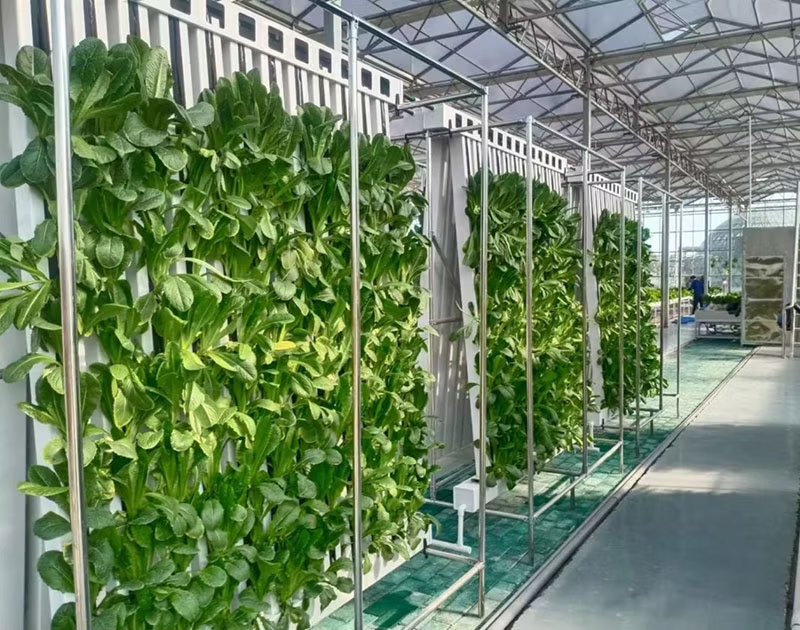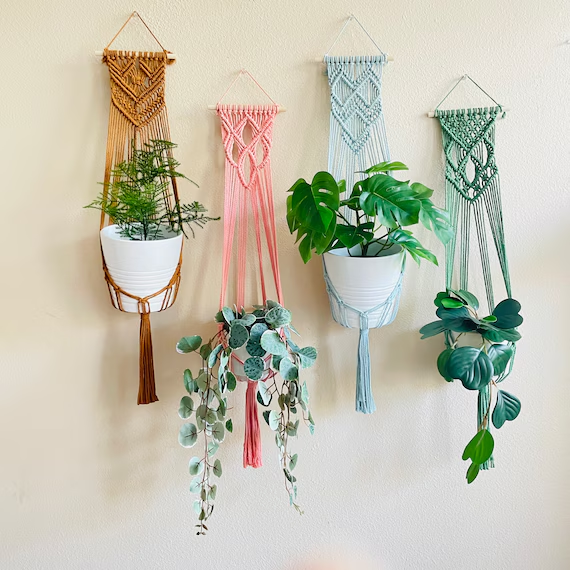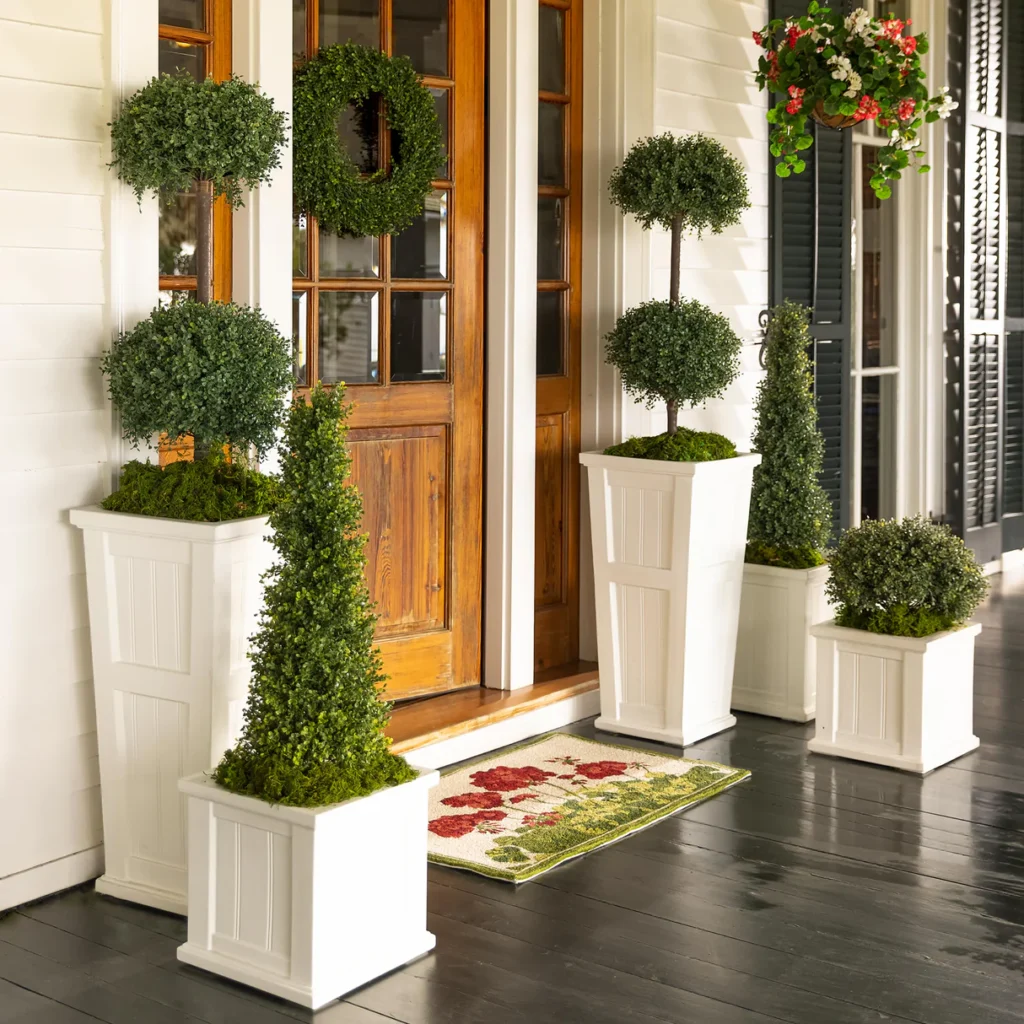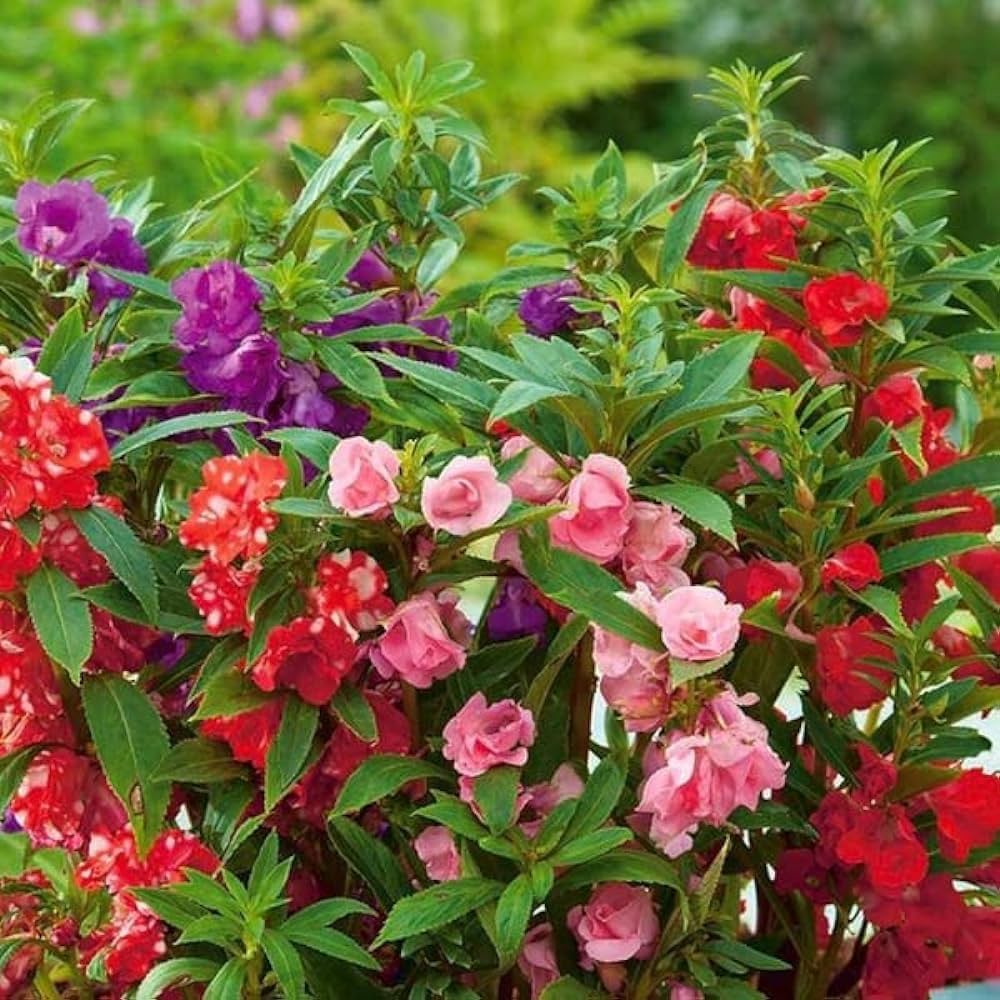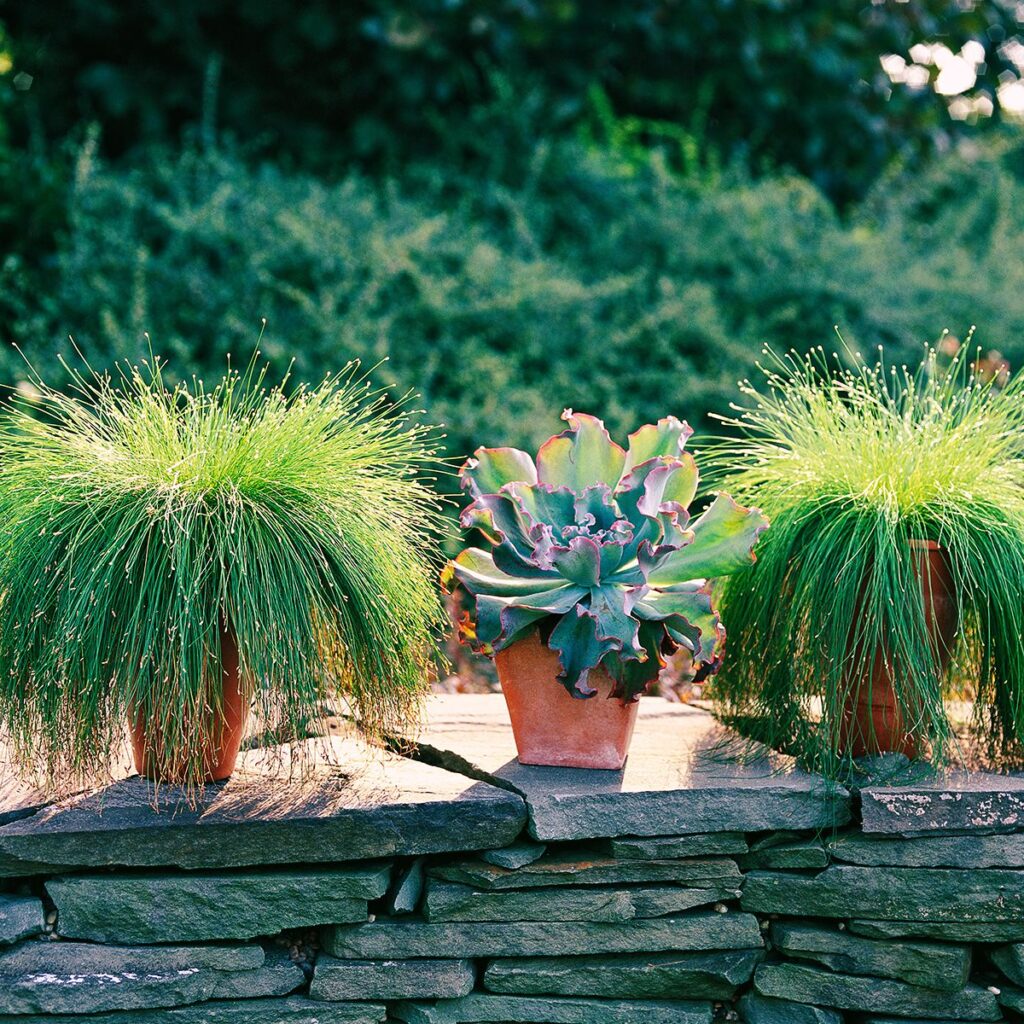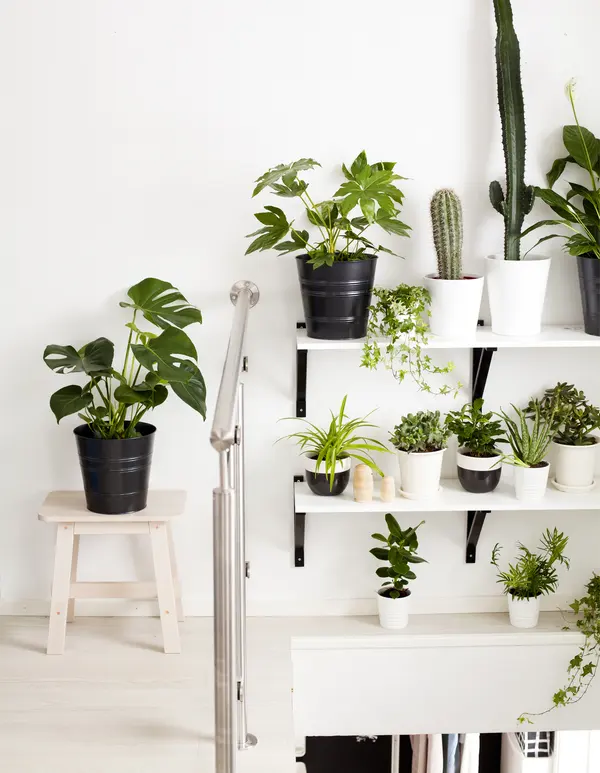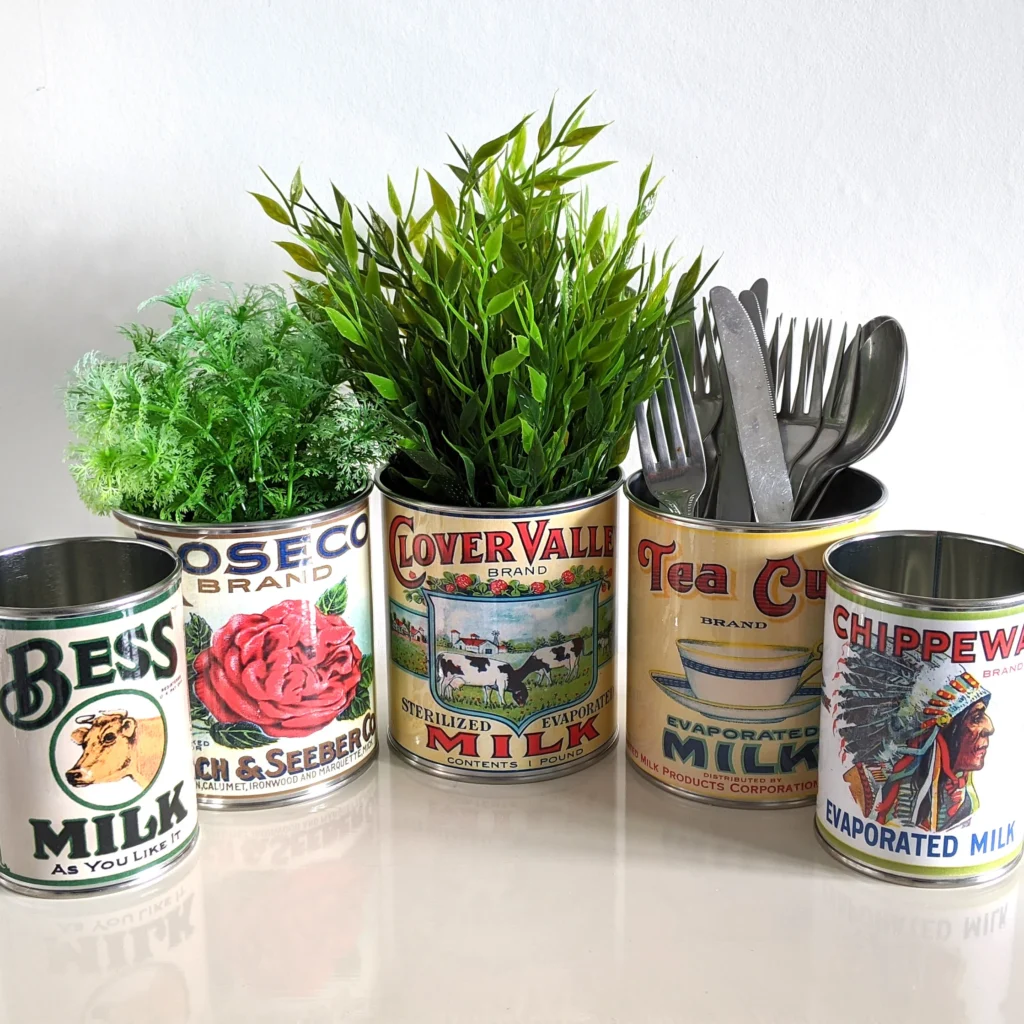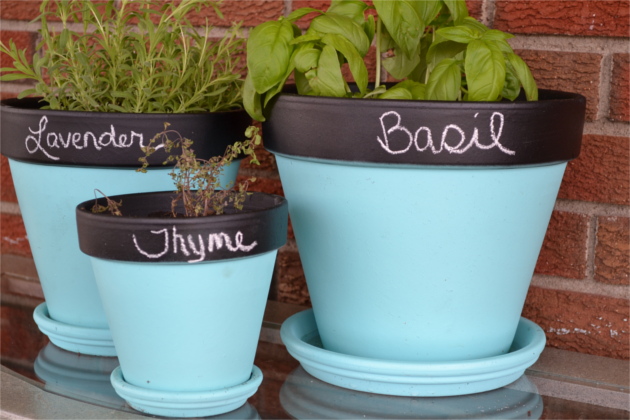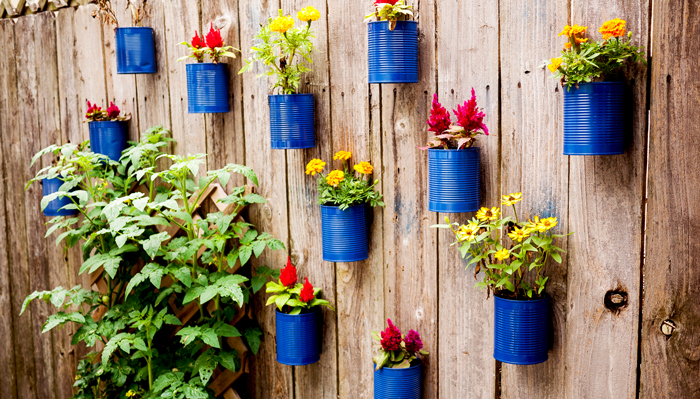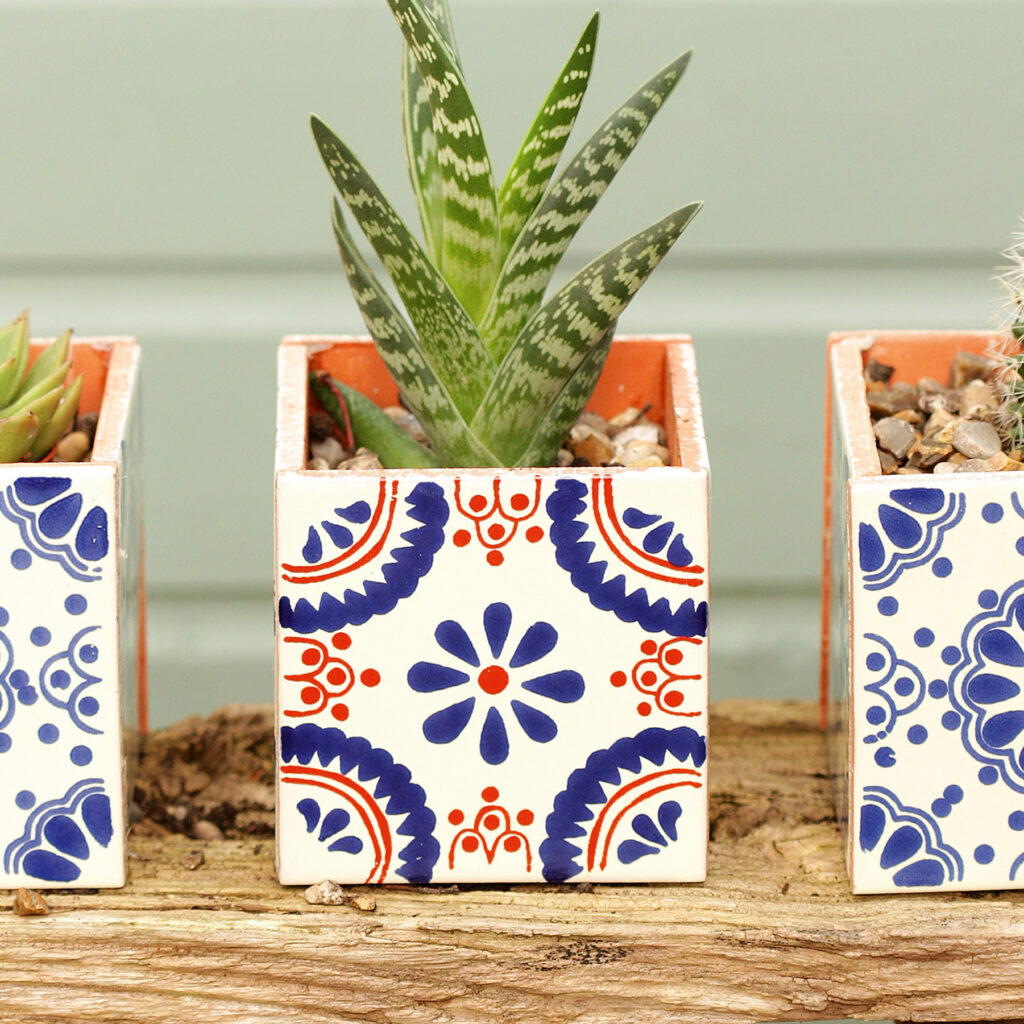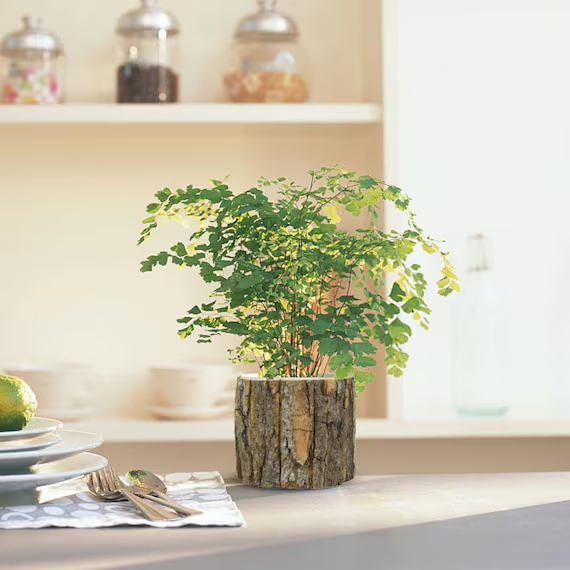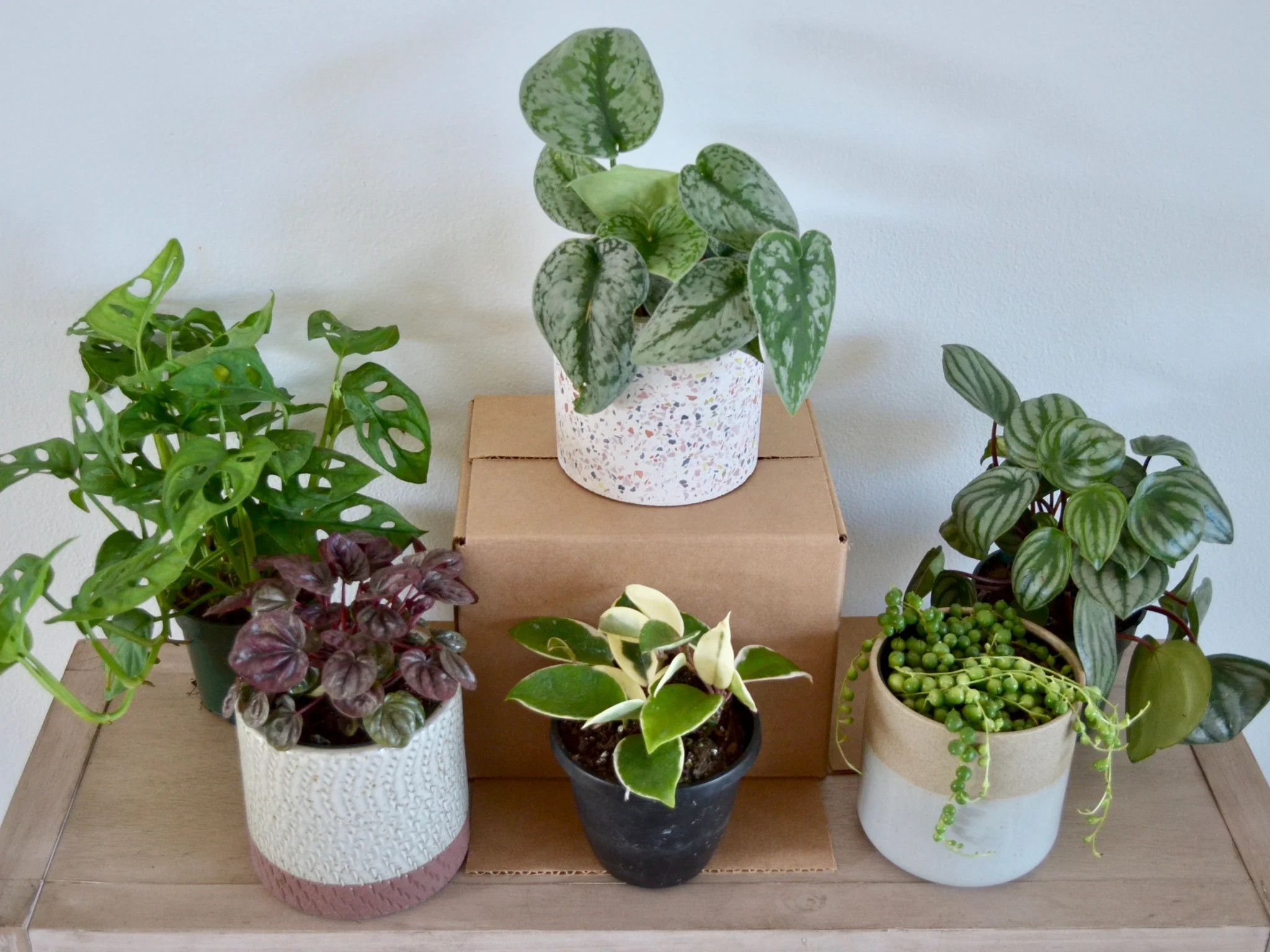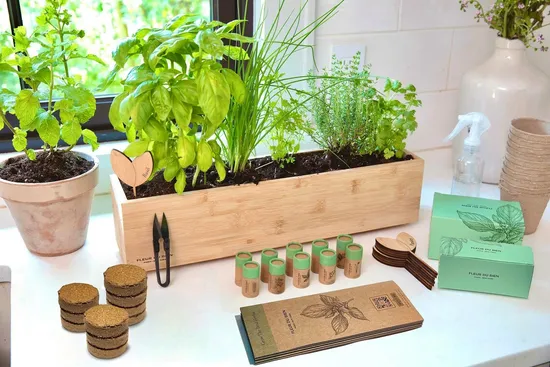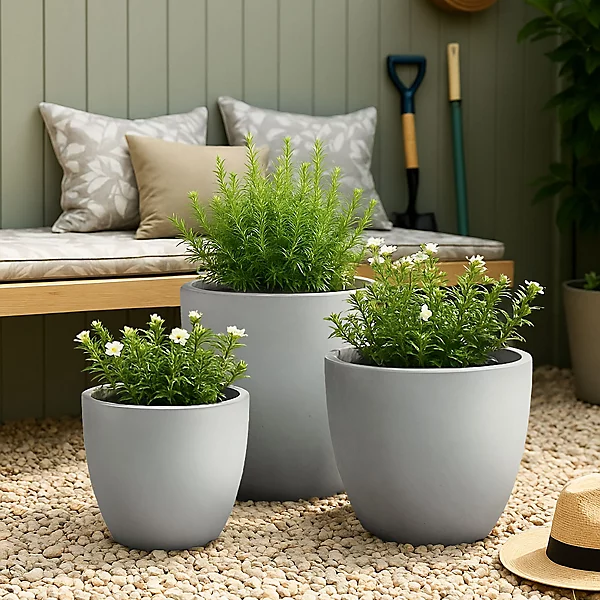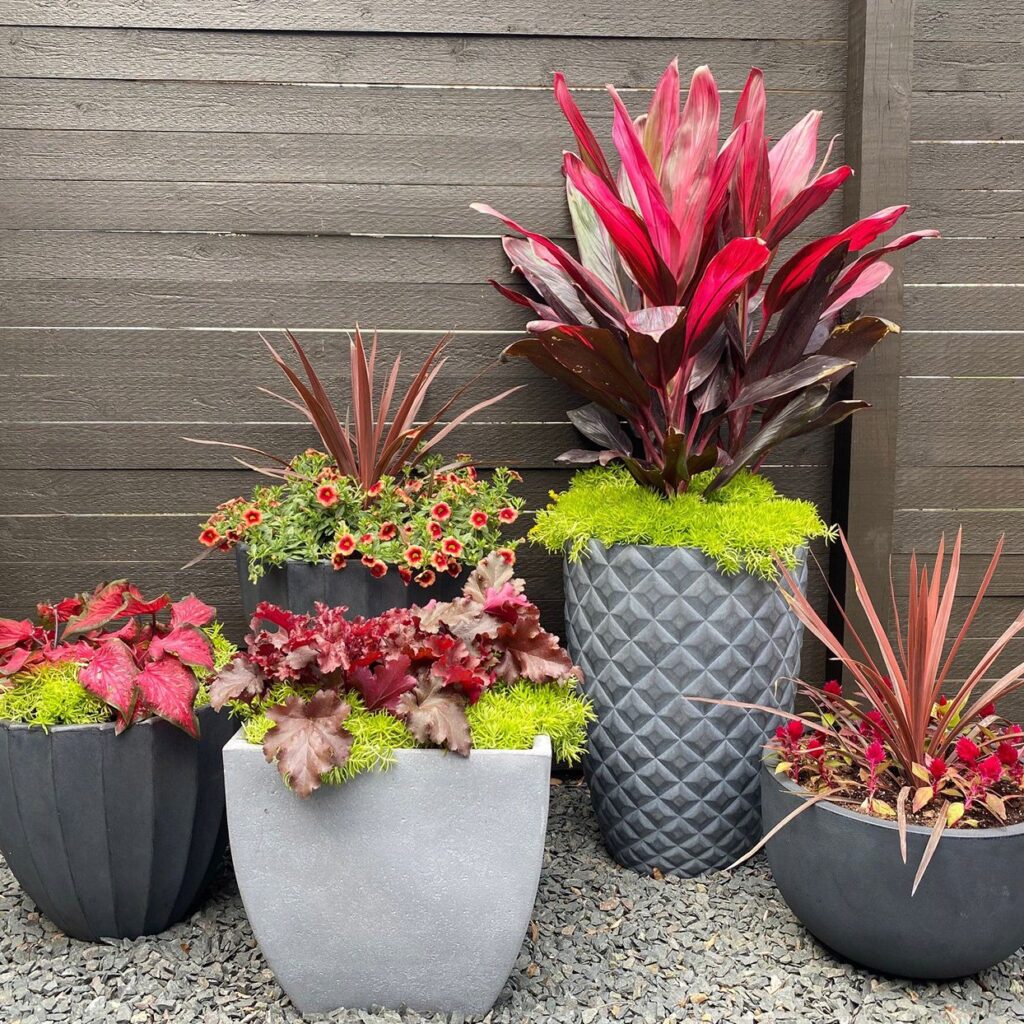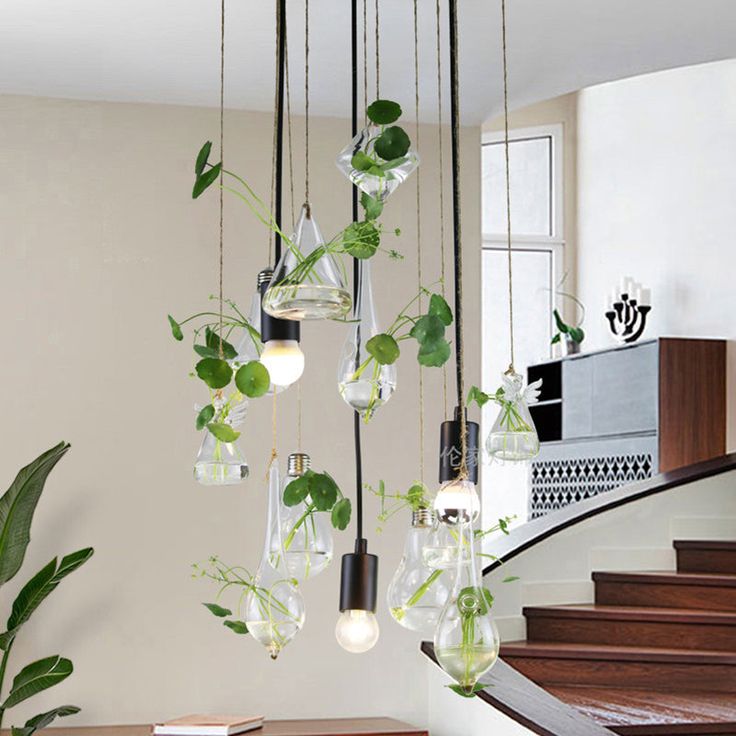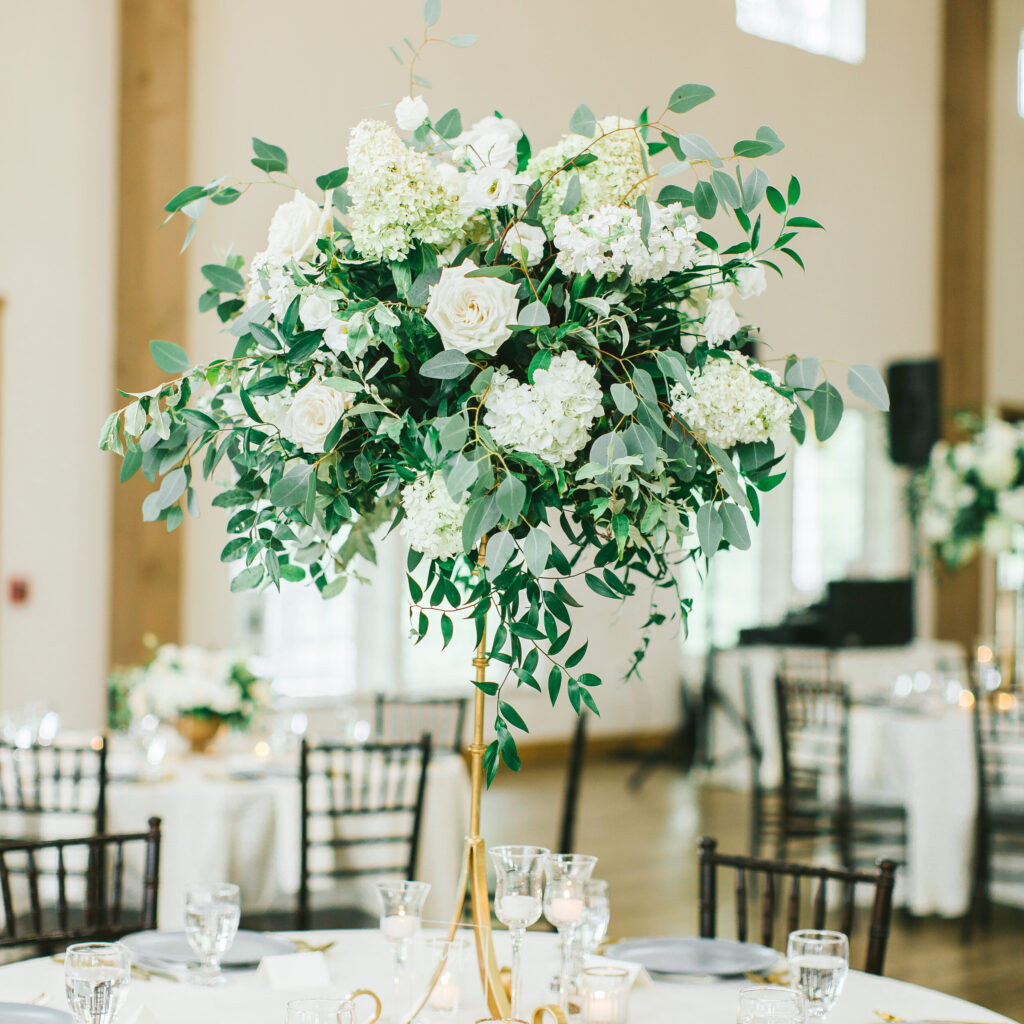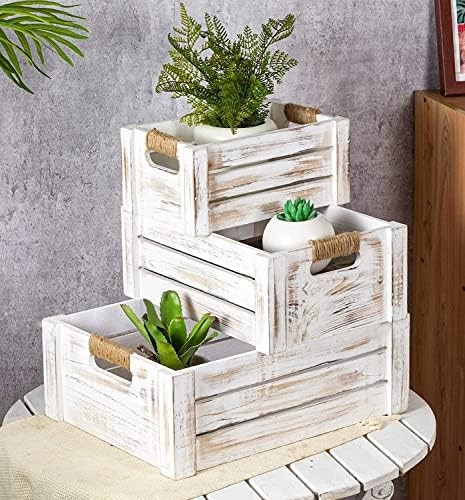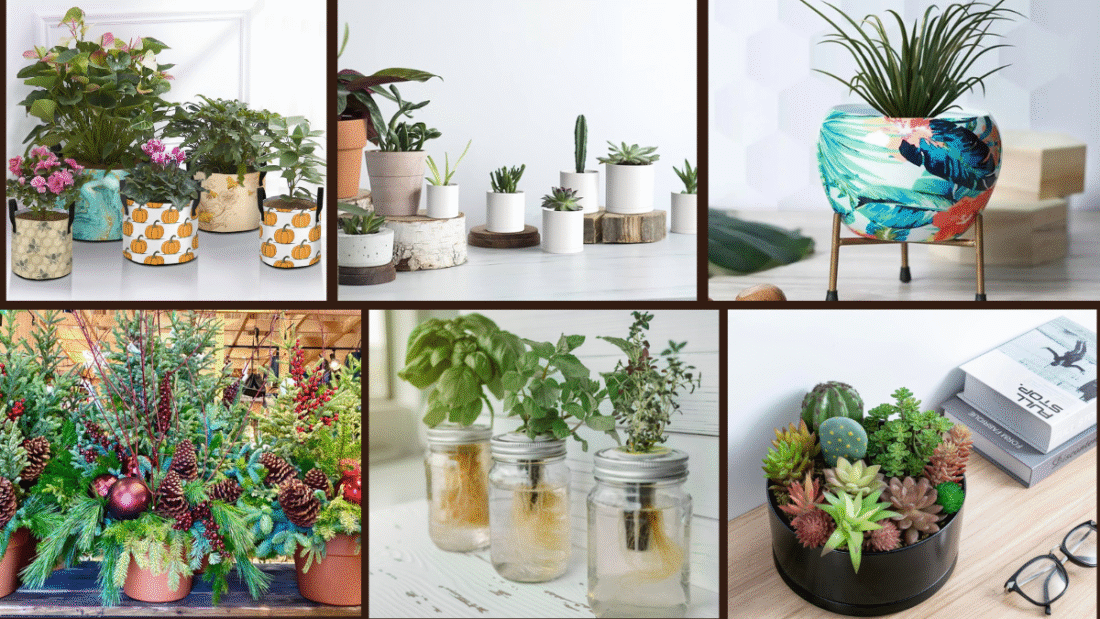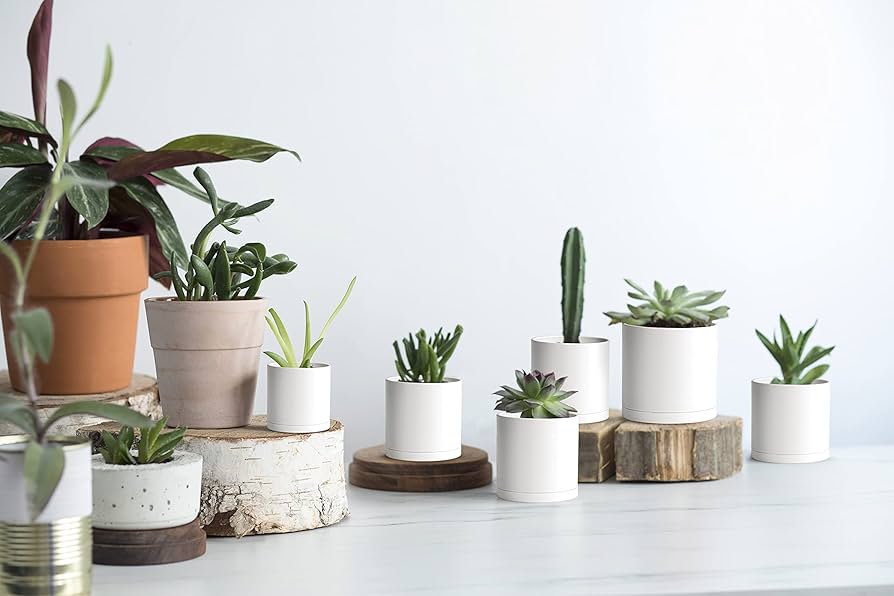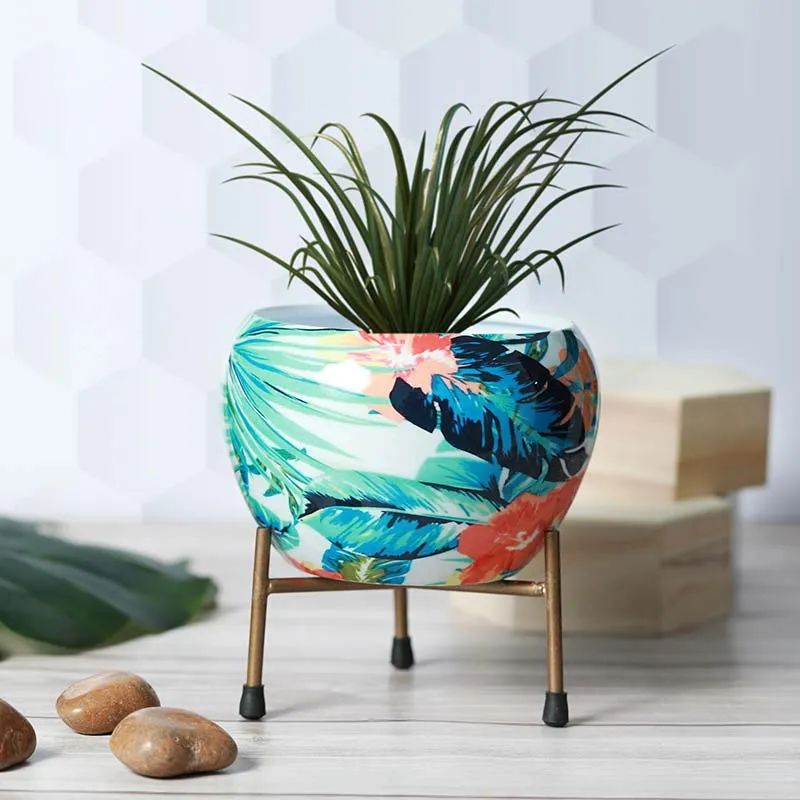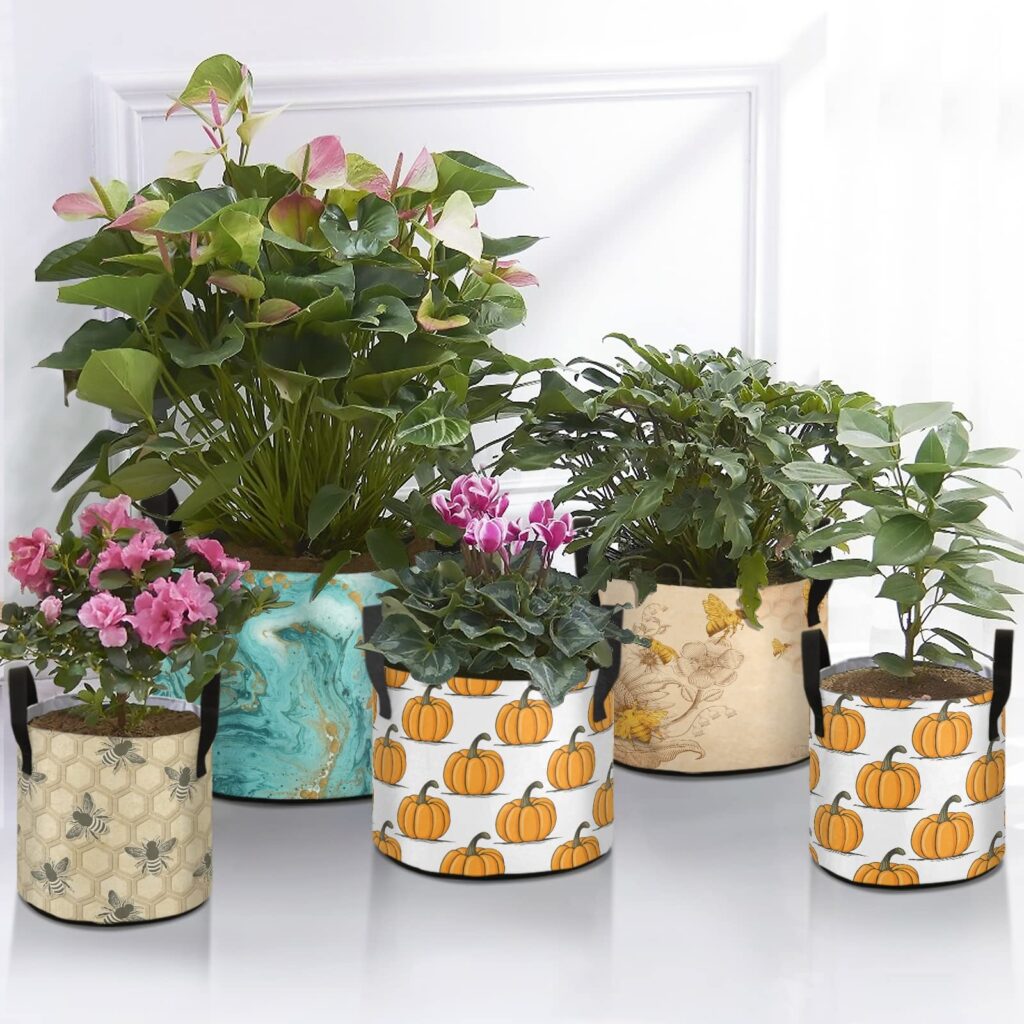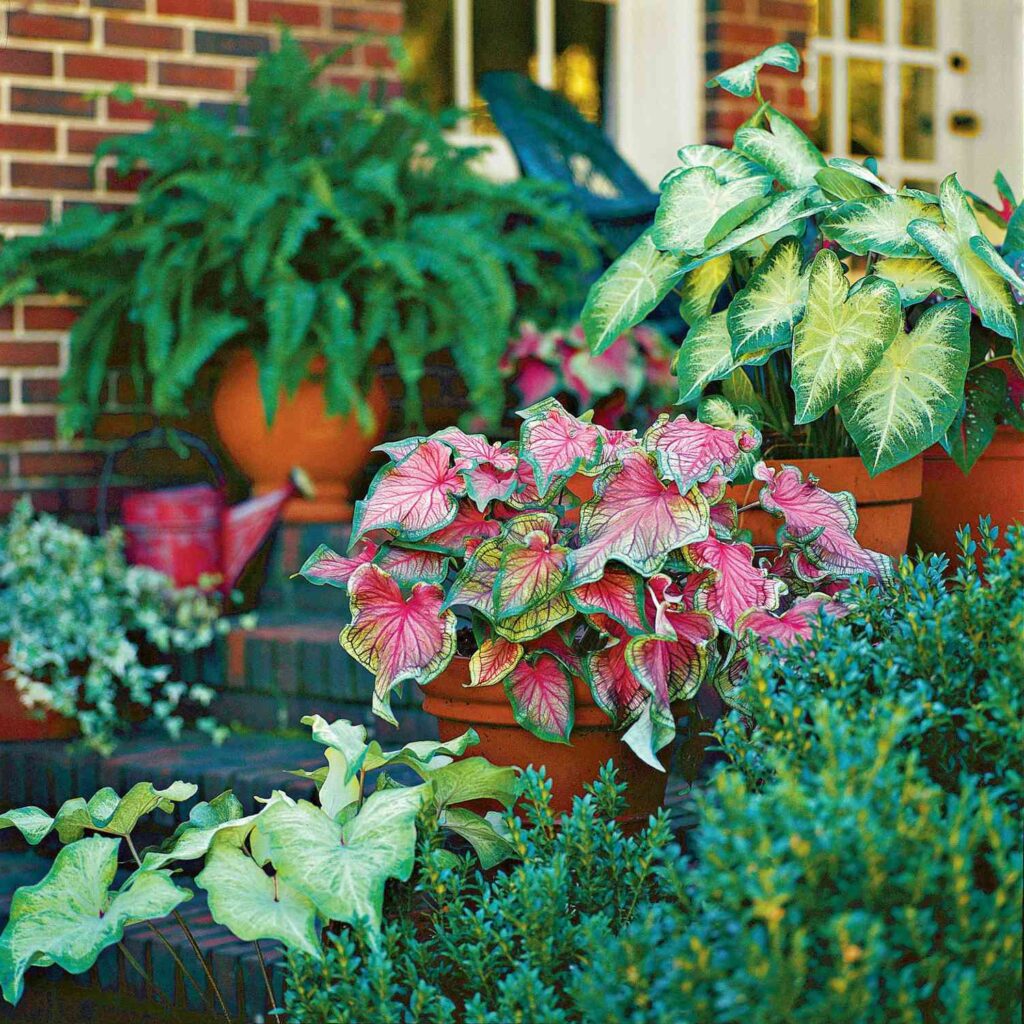If you love getting creative with your home and garden décor, painting plant pots is an easy, fun, and affordable way to add a personal touch. Whether you want to brighten up your balcony, refresh your indoor plant corners, or craft thoughtful handmade gifts, painted pots can instantly transform a simple planter into a work of art. Here are 8 playful and stylish plant pot painting ideas for DIY lovers that will inspire your next weekend project.
1. Boho Patterned Pots

Bring a touch of bohemian charm to your plant displays by painting intricate patterns in earthy tones like terracotta, mustard, and teal. Think zigzags, triangles, dots, and freehand florals for a rustic, artistic look. You don’t need to be a skilled artist — simple repeating shapes and lines look gorgeous on their own. Pair your boho pots with trailing plants or succulents for a laid-back, relaxed vibe perfect for patios and cozy corners.
2. Chalkboard Label Pots

Turn your plant pots into both decorative and practical pieces by giving them a chalkboard paint finish. Once dry, you can write plant names, care instructions, or fun messages on the pots with chalk. It’s perfect for herb gardens or gifting potted plants with personalized notes. You can use all-black chalkboard paint or get creative with colored chalkboard options. These pots work well in kitchens, balconies, and kids’ rooms too!
3. Ombre Painted Pots

Add a trendy, gradient effect to your plant collection with ombre-painted pots. Choose two or three shades of the same color family and blend them from dark to light vertically or horizontally. This technique creates a subtle, stylish look that’s perfect for modern or minimalist décor. Pair ombre pots with simple green foliage plants like ferns, pothos, or snake plants for a fresh, contemporary feel.
4. Geometric Design Pots

For a modern and eye-catching look, try painting bold geometric patterns on your plant pots. Use painter’s tape to section off triangles, squares, or stripes, and fill them in with contrasting colors like black, white, and metallics. The clean lines and crisp shapes give your pots a sleek, gallery-worthy appearance. These are great for indoor shelves, office desks, or as gifts for fellow plant lovers with a chic sense of style.
5. Nature-Inspired Pots

Channel the beauty of the outdoors with pots painted in nature-themed designs. Think leaves, flowers, mountain ranges, or ocean waves in earthy greens, browns, and blues. You can paint delicate vines winding around the pot or bold floral patterns in bright colors. These pots look fantastic on balconies, patios, or in sunrooms and add a calming, natural touch to any space.
6. Animal Face Pots

Add a dose of fun and personality to your plant displays by painting animal faces on your pots. Cats, foxes, owls, or bears — pick your favorites and use simple shapes for eyes, ears, and whiskers. This idea is especially adorable for kids’ rooms, nurseries, or as quirky gifts. Pair them with small succulents or trailing plants like string-of-pearls to mimic the look of animal “hair.”
7. Mandala Art Pots
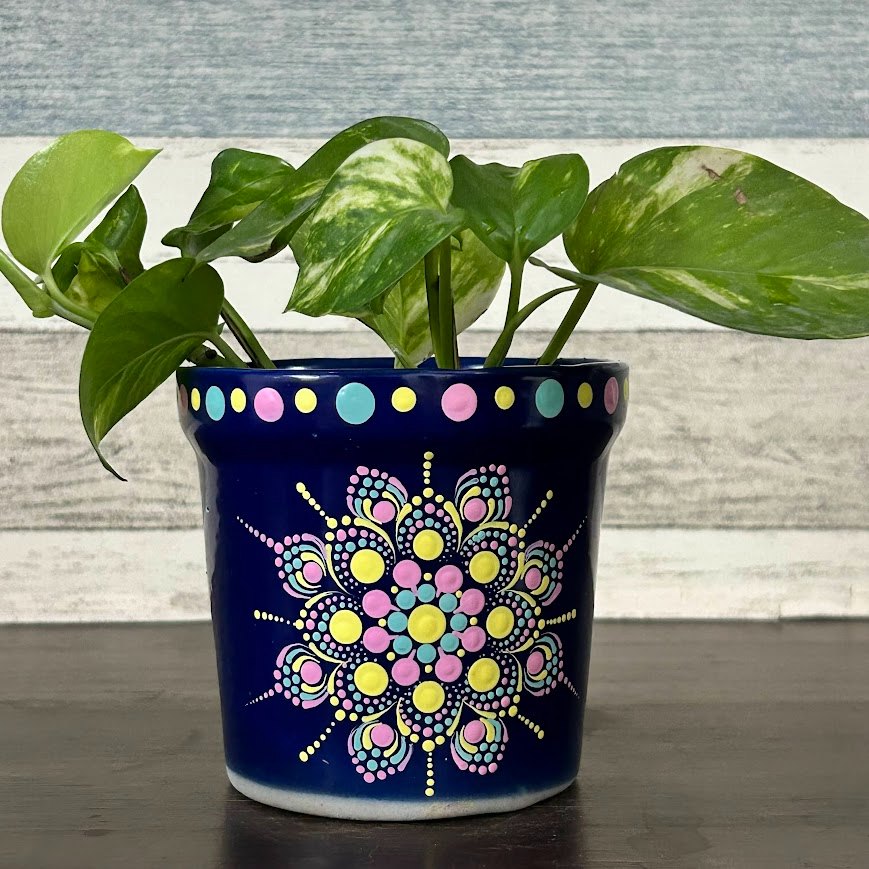
If you enjoy detailed, meditative art, mandala-painted pots are a beautiful choice. Use fine brushes or paint markers to create symmetrical, circular designs with dots and lines radiating outward. Bright colors like turquoise, magenta, and gold work wonderfully against neutral backgrounds. Mandala pots add a touch of mindfulness and calm to your home and make lovely statement pieces for patios, windowsills, or meditation corners.
8. Metallic Accent Pots

For a glam, sophisticated touch, add metallic accents to your plant pots. Paint the entire pot in a matte color like black or white, then use gold, silver, or copper paint to highlight the rim, base, or create splatter effects. This look pairs well with modern and industrial-style décor and adds a touch of sparkle to both indoor and outdoor plant displays. Metallic pots look especially striking when paired with deep green foliage or flowering plants.
Final Thoughts
Painting plant pots is one of the easiest and most satisfying DIY projects for plant lovers. Whether you’re after something fun, elegant, or whimsical, these 8 ideas will help you personalize your garden and indoor plant corners with style. Grab some paint, a few brushes, and let your creativity bloom!


